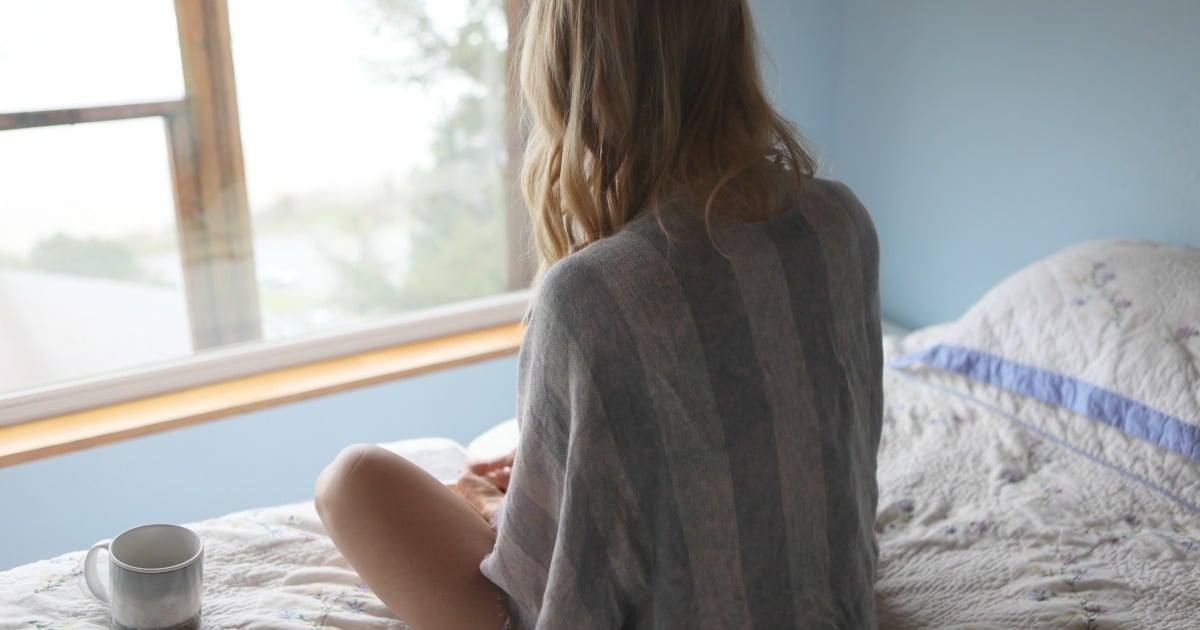No one wants to be mentally ill, right? I’m not sure; I think I did. Or rather, I didn’t want to be mentally ill as much as I wanted to be able to explain why my own brain felt so familiar and so foreign to me at the same time. One day I’d wake certain that the world would be better off without me. I’d begin planning my own death, picturing my children at my funeral, wondering who my husband might marry. Days later I’d be awake all night, an electric surge of creativity consuming me, the feeling that the world couldn’t possibly be better.
My official Bipolar Disorder Type 2 diagnosis wasn’t a surprise; it was just a matter of putting in the file the thing we already knew. Still, even though I knew it, even though I wanted the confirmation that my pendulum of tortured feelings wasn’t normal, it felt a little like a death sentence — not just because folks with bipolar disorder are more likely to die by suicide (my great aunt being among them), but also because once you’ve got a diagnosis, you can’t really in good conscience pretend that things are just fine. Things are clearly not fine.
For many years I pretended things were fine. And the people around me went along with it. No one wants to be mentally ill; no one wants to be married to someone mentally ill. While I was pretending everything was fine, there were bipolar disorder red flags flying all around me like the goddamn United Nations. If anyone has ever asked you, “Are you bipolar?” or if you’ve questioned it yourself, this might be useful.
Here are a few of my red flags:
Depression
This is a given with bipolar disorder — after all, that’s what bipolar means. For me, it started in high school. I had a bout of somewhat mild depression, triggered by a move away from my hometown. That was immediately followed by a period of very clear hypomania (disguised as overachieving). That bout of mania was followed by another period of depression.



Top Comments
My brother had bipolar, so I like looking into how he could have been helped. I recently came across a study of people who have an allele (like a mutation) that enables them to convert more linoleic acid into the essential brain and myelin fat arachidonic acid. One of their findings was that this protected them from bipolar, that is, few of them became bipolar. Another way to do this (without the allele!) is to avoid plant omega fats, like peanut butter, nuts, seeds, and oils, which have a lot of linoleic acid in them, and to eat a lot of arachidonic acid instead-in liver, dark poultry meat, eggs, pork, butter and lard (pastured), but not beef, because it has very little arachidonic acid. I wish I had known about this when Ken was still here.
I feel for you.
Thanks for writing this article.
I hope it was a release for you.
Having a mental illness is hard.
The stigma is rife and people just don’t get it.
One day at a time!